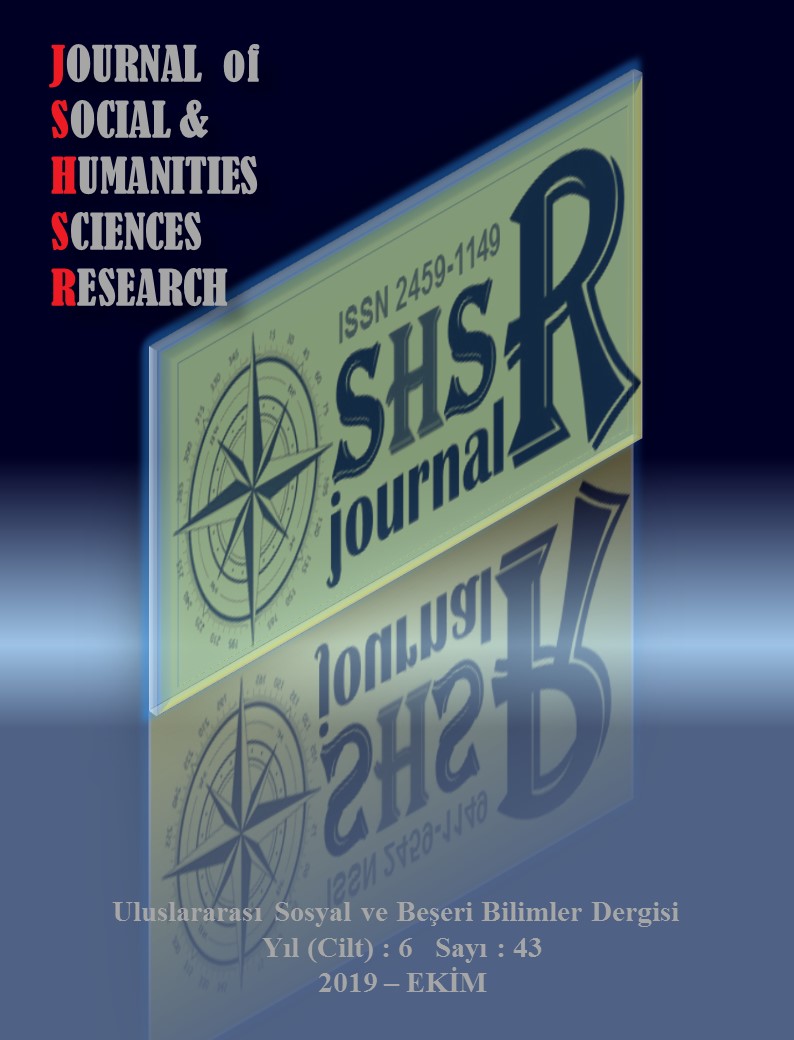PREDICTING ZENOPHOBIA IN GLOBAL UNEMPLOYMENT CONDITIONS
DOI:
https://doi.org/10.26450/jshsr.1373Keywords:
Global crisis, Hate, Xenophobia, Refugee, UnemploymentAbstract
The general purpose of this study is to find out the partial impacts of the effects of the global unemployment and the increase of the immigrant population on Turkey by examining them and the effects of these cases on zenophobia. Unemployment emerging during global crisis conditions and economic problems thought to be caused by migration have been associated with zenophobia. The conceptual structure of the study was on the researches in this literature. Survey data analysis, relational and descriptive models were used at the application part. Zenophobia Scale which had been developed by Bozdağ and Kocatürk (2017) was used in order to measure the level of zenophobia of the participants.
54,000 students attending at one public university and one private university in Gaziantep constitute the general population of the research. 625 questionnaires that were filled by using random sampling method were analyzed. There is a significant relationship in between sub-components of demographic characteristics, unemployment and zenophobia in the research.
When we look at the hate dimension of the results of the research, according to the gender variable, women have higher sense of hate than men and according to the age variable those who are above 18 years old have higher level of hate than others. In addition, When we look at the fear dimension, according to the faculty variable, the students of the Faculty of Engineering have higher fear levels than the others and according to the housing status variable dormitory students have higher level of fear than others. In the dimensions of hate and humiliation; according to the variable of economic situation, students who have more income than their expenditures are in the foreground in both dimensions. In the dimensions of fear, hate and humiliation; according to the variable about where they were grown up, the students who were grown up in the villages are in the foreground in hate dimension and those who were grown up in the metropolitan areas are in the foreground in fear and humiliation dimensions. Moreover, there is a significant relationship between hate dimension and fear dimension at ,404 force and p <0.01 level, between hatedimension and humiliation dimension ,473 force and p <0.01 level, between humiliation dimension and feardimension ,493 force and p <0.01 level.
Downloads
Published
How to Cite
Issue
Section
License
Copyright (c) 2019 INTERNATIONAL JOURNAL OF SOCIAL HUMANITIES SCIENCES RESEARCH

This work is licensed under a Creative Commons Attribution 4.0 International License.


